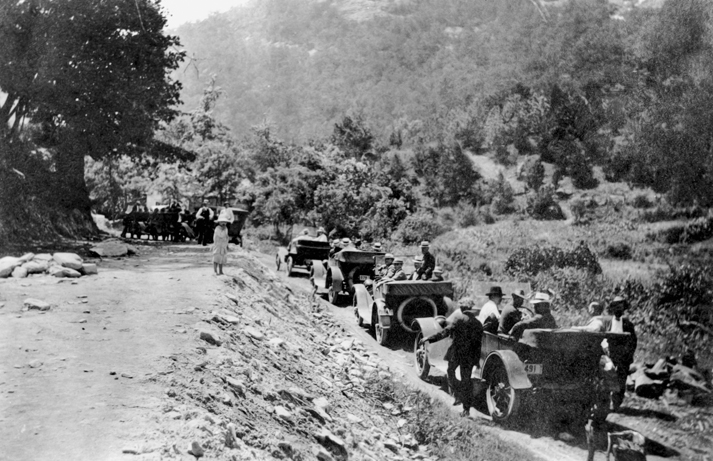
North Carolina's approximately 78,000 miles of paved highways represent one of the largest systems in the United States. Highways were initially a product of the popular Good Roads campaign of the early twentieth century. Roads across the state had improved little since colonial days and were among the nation's worst, encumbered with steep grades, blind curves, and many dangerous water crossings. Seasonably muddy or choked with dust, they often remained impassable for weeks. In red clay country, thin wagon wheels easily sliced the surface and potholes grew quickly into small ponds. The system of repair and maintenance was little changed from ancient times: under the "road-tax," as it was called locally, land-owning neighbors were obligated for a certain number of days of work per year cutting ditches and filling holes under the eye of a titular boss, usually another neighbor. This was seldom more than a social occasion, and the roadwork achieved was far from scientific.